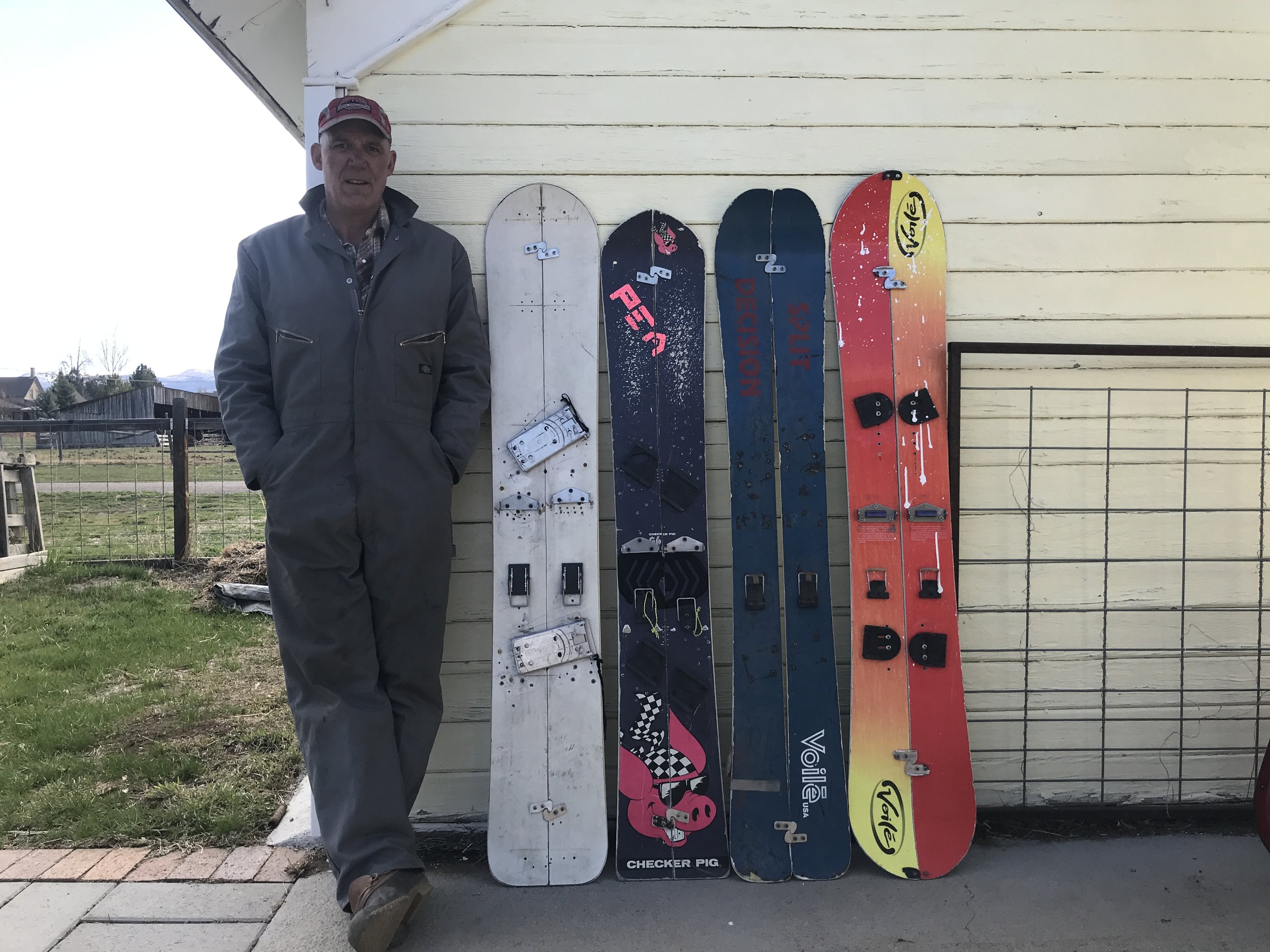Split Decision - Birth of the Splitboard
Story Courtesy of Culturelines, an ARTILECT Studio Project
Introduction by Trent Bush, ARTILECT founder and Co-CEO and CSM Board Member
Brett "Kowboy" Kobernik // Courtesy of Brett Kobernik
Editor’s note:
Snowboarding exists because of the unmatched experience of riding untracked powder with the minimal equipment needed to allow riders to really find a state of flow. That is the life-changing experience that drove early innovators like Dimitrije Milovich, Toms Sims, Jake Burton, and Regis Rolland to create their snowboard brands that were the roots of a global movement. Before the splitboard, snowboards were relegated to gravity for travel, and if you wanted to get fresh snow, the only options were bootpacking, snowshoes, or snow machines. The invention of the splitboard has completely revolutionized the backcountry experience, allowing riders to travel to their destination in a new way, opening a world of experiences they couldn’t access before. While the splitboard was an idea that was developed in multiple places at once, it was the the work of Brett "Kowboy" Kobernik and Voile owner, Mark "Wally" Wariakois that created their version of the board and binding, which was widely adopted to make splitboarding one of the fastest-growing segments of the backcountry market. For snowboarders who wanted to find their own path, this was THE revolution.
Culturelines (CL): Tell us how this all got started.
Brett "Kowboy" Kobernik (BK):
“I got started in the backcountry around Loveland pass and Summit County, Colorado. One of my favorite tours started in Breckenridge and I snowshoed up over the Tenmile Range and wound up at Copper Mountain, where I was living and working at the time. I felt that there has got to be a better way than snowshoes. The idea was that, “this is so awesome, but how can I do this more, and make it easier?” And it started there.
That would have been 1987, but I didn’t start working on the splitboard until 1990 or 1991. I was in Utah at that point, and me and a buddy had the thought that it’d be really cool if we could put these boards back together for the descent. We were splitting boards and making short fats, and using them instead of snowshoes, because they were much better. So how do we put these back together?
I got injured and ended up with a lot of time on my hands. That’s when I was in the garage making the first prototypes.”
CL: Do you still have some of the early prototypes?
BK: “Funny you ask because I just found them the other day – prototypes three and four, I think. One with a purple base – and a Sims Switchblade underneath it. I was just cleaning out the old house, where I used to live, and there they were – I gotta get those down to Voile. They’ve been sitting in the basement for years. Number two is screwed to the wall at the Voile shop, and number one was so Swiss cheesed by the time we were done monkeying with it that I think it ended up in the garbage.”
CL: Are there any parts of the early splitboard story that haven’t been told yet?
BK: “I've talked to a number of different people over the years, but it seems that there’s been more interest recently. A lot of people ask: “Was this the first attempt at this [making a splitboard]?” My honest answer is that I thought it was, but I don't think we were the first ones to do this, to pull it off. I'll tell you exactly what transpired - once I got hooked up with my buddy Wally (Voile), we started working on some prototypes and were getting pretty excited about it.
We had some injection molds that we'd built up and, and about the time we were kind of getting things going I see this snowboard from a company by the name of Nitro. And I had some friends who owned Milosport in Salt Lake City; they were big Nitro dealers and were sponsored riders and all that. And I was like, they saw my idea and ripped me off. Honestly that was my first thought when I saw the Nitro split.
But they swore they didn't, and the timeline holds up. When the board showed up in the U.S., there's no way they could have tooled up that quick to produce that board. In the end they were ahead of our prototypes and production. So while we definitely played a huge role in this, we weren't the first as far as I can tell.”
CL: Those first boards had a plate binding, right?
BK: “That's right. And that's why it failed, in my opinion, because you had to use a hard boot with it. The rear foot stance angle was set to something like 15 degrees, and then you could rotate the front foot a small amount. I think it was doomed to fail because many people don't like hard boots.”
CL: But you went down a different path, and it stuck.
BK: “For sure. I will definitely take some credit for making this sport happen. I built a prototype system where you could mount soft boot bindings and choose your own stance. My buddy Wally who owns Voile, which was pretty much a Telemark company at the time, making tele bindings. It was a big transition to splitboard bindings. When we started building boards, Wally wanted to put side cut on both sides of the ski. It was a good idea except that there was a gap in the middle of the board. And snowboarders couldn't digest that, you know? But it worked fine. If you stuck someone on a board with a gap in it and they didn't look down, they just rode the thing, most couldn't tell you there's a gap.But perception is a big deal. But that was the first production board, and it went on through the late 1990’s. As soon as we got rid of the side cut – got rid of the gap in the middle with the straight edge on the inside - interest started to take off. We should have introduced that version first, you know?”
CL: Did it seem like it was going to be something big at the time?
BK: “When I first met Wally and he let me use his machine shop to carve out pieces, I had around 20 sets of these things. And I didn’t really care if it worked or not, because I’m set - I have enough parts to last my lifetime. This is killer and whatever happens, happens. It really didn't pick up until 2000 or so and that’s when it started to take off.
We were producing the hardware in-house at Voile. And then there was a small snowboard company in Salt Lake, Defacto, and they were producing boards. The market got flooded with all of these snowboard companies in the late 90’s, and Defacto didn’t make it. Wally ended up buying all of their presses. Voile has pressed the boards ever since.”
CL: Do you still ride any of those designs?
BK: “So much of the gear is still from the original prototype. We never were able to find a better, more minimalist, or quicker method of keeping the boards together than the two hooks at the tip and tail and the mounting blocks underneath the binding tracks that slide - that's basically stayed the same since the beginning.
Probably my last big contribution was when the original parts got mounted directly to the board using wood screws. While I was dinking around with some different ideas, and I was like, “why can't we get away from these blocks?” It was a midnight hour type of deal. I got the idea of putting the disc inside independent pucks so we could bolt those down and they were adjustable to almost any stance angle, and the mount didn’t have to be permanent. That was a pretty big step forward.”
CL: That was a big breakthrough. It wasn’t so much about making skis and connecting them back together, but it's in the pucks and the way the bindings work to solidify everything back in.
BK: “Yeah. Because you gotta be able to pound a resort on the thing that was how I always looked at it. I was working up at Snowbird at the time and I'd ride them in the resort to pound down and make sure they felt good.”
CL: Is there a design that’s floating around in your head right now? What are you working on?
BK: “I moved from Salt Lake down to central Utah a number of years ago to get out of the rat race. I’m avalanche forecasting down here with the Utah Avalanche Center and I got turned on to motorized snow bikes. I use snowmobiles to access the terrain, because we’ve got few places where you can drive up, unload and just walk on with skis or a splitboard. The real jams are the places where you need some sort of motorized transportation.
I started off with a standard snow bike built, a kit by Timbersled that I’ve used for a number of years. And I’ve always got to start tweaking on things, it’s never quite what I want. So I started tweaking to the point where I’m building these things from scratch, and using snowmobile engines instead of motorcycle engines. I wouldn’t be surprised if the snow bike industry doesn’t start producing a snowmobile engine-powered snowbike, rather than these kits.
I was out riding the prototypes today. I didn’t even take the skis or anything, just went out to ride the bikes. They are incredible; it’s an 800 cc engine with a full-width 155 inch snowmobile track and a single ski. It’s insane. There’s something like 150 horsepower vs. 45 horsepower from a motorcycle engine. It’s not even close.”
CL: Tweaking anything else right now or working on any other projects that you can share with us?
BK: “I'm just building those snow bikes right now. And I help Wally out with little tweaks he does to the splitboards and his avalanche gear and the skis as well – I give those guys feedback, but I'm not so involved with the day to day. I do my forecast down here and I try to screw off and get into the mountains as much as I can.”
Courtesy of Utah Avalanche Center
Brett “Kowboy” Kobernik has been described as having a PhD in Garage Science. He’s currently a forecaster for the Utah Avalanche Center, a member of Voile’s V-Team of ambassadors, and has worked as a helicopter ski guide in Valdez, Alaska.


